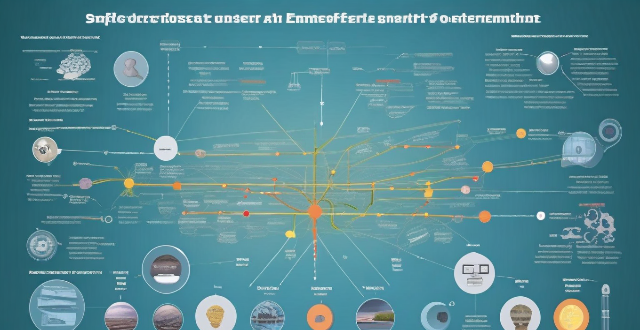This article discusses the different types of costs associated with implementing a distributed energy system, including initial investment costs, operational costs, and energy costs. It also emphasizes the importance of carefully considering these costs before making any decisions about whether or not to invest in such a system.

Introduction
Implementing a distributed energy system involves various costs that need to be considered before making any decisions. In this article, we will discuss the different types of costs associated with implementing a distributed energy system.
Main Costs
Initial Investment Costs
The initial investment cost is one of the most significant expenses when implementing a distributed energy system. This includes the cost of purchasing and installing the necessary equipment such as solar panels, wind turbines, batteries, inverters, etc. The cost also includes the cost of designing and engineering the system, permitting, and inspection fees.
- Equipment Cost: The cost of purchasing and installing the necessary equipment for a distributed energy system can vary depending on the size and type of the system. For example, a small residential solar panel system may cost around $10,000 to $20,000, while a large commercial wind turbine system can cost several hundred thousand dollars.
- Design and Engineering Cost: The cost of designing and engineering the system includes the cost of hiring professionals to design and plan the system, as well as the cost of obtaining necessary permits and inspections. This cost can range from a few thousand dollars to tens of thousands of dollars depending on the complexity of the project.
Operational Costs
Operational costs are ongoing expenses that are required to maintain and operate the distributed energy system. These costs include the cost of maintenance, repairs, insurance, and monitoring.
- Maintenance Cost: The cost of maintenance includes regular checks and cleaning of the equipment, replacement of worn-out parts, and other routine maintenance tasks. This cost can vary depending on the type and size of the system, but it typically ranges from a few hundred dollars to a few thousand dollars per year.
- Repair Cost: Repair costs are expenses that arise when equipment fails or needs to be replaced. This cost can be significant if major components fail, such as inverters or batteries.
- Insurance Cost: Insurance costs are expenses that cover liability and damage to the equipment. This cost can vary depending on the location and type of the system, but it typically ranges from a few hundred dollars to a few thousand dollars per year.
- Monitoring Cost: Monitoring costs are expenses that cover the installation and operation of monitoring systems to track the performance of the distributed energy system. This cost can range from a few hundred dollars to a few thousand dollars per year depending on the complexity of the monitoring system.
Energy Costs
Energy costs are expenses that are associated with the production and consumption of energy by the distributed energy system. These costs include the cost of electricity from the grid, net metering fees, and any taxes or tariffs associated with energy production.
- Electricity Cost: The cost of electricity from the grid is an ongoing expense that is required to power the distributed energy system when it is not producing enough energy on its own. This cost can vary depending on the location and rate structure of the local utility company.
- Net Metering Fee: Net metering fees are charges imposed by utility companies for excess energy produced by the distributed energy system that is fed back into the grid. This fee can vary depending on the location and rate structure of the local utility company.
- Taxes and Tariffs: Taxes and tariffs are expenses that are associated with energy production by the distributed energy system. These costs can include sales tax, property tax, and other fees associated with energy production.
Conclusion
Implementing a distributed energy system involves various costs that need to be considered before making any decisions. These costs include initial investment costs, operational costs, and energy costs. By carefully considering these costs and weighing them against the benefits of implementing a distributed energy system, individuals and organizations can make informed decisions about whether or not to invest in such a system.